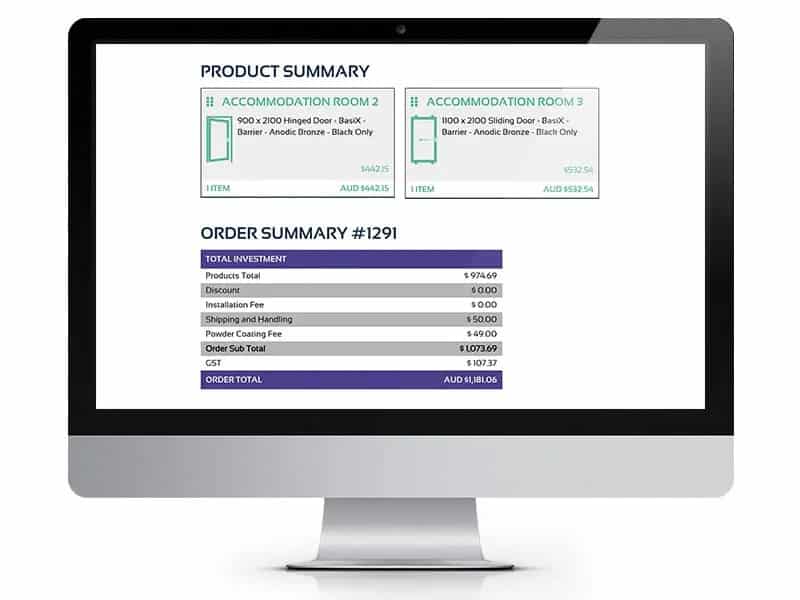Have you seen the term ‘mesh flap’ on your estimate, quote or order and are wondering what that term means? Do you see this option in our Ordering Portal when you are ordering window insect screens?
In our latest article we explain what mesh flaps are – what they are used for, where they go and how they are done. Read on to learn everything you need to know about mesh flaps.
What is the purpose of a mesh flap?
A mesh flap is used on double or triple sliding fixed frame 11mm insect fly screens to seal up the gap between the screens in the track channels.
The most common scenario is when you have two window fly screens that slide sideways past one another. If you’ve got a fly screen set that is going into a double track, with one screen at the front and one at the back, then there is going to be a small gap between the two screens. What we normally do is seal that gap up with a ‘mesh flap’.
Where does the mesh flap go?
A mesh flap can go on any side of the screen – you can order a mesh flap on the left side, on the right side, or on both. You can also order a top and/or bottom mesh flap.
What exactly is a mesh flap?
Normally, when you cut the fly screen mesh, you roll the mesh in with the spline and then cut the mesh off flush with the spline. This method is nice and neat and leaves no tags.
When you add a mesh flap what you’re doing is you’re adding another 20-25 mil of flyscreen that’s loose, giving you a little bit of extra mesh that runs around the spline. PIC NEEDED.
That little bit of extra mesh is then used to seal up the gap left when two fly screens are close to one another. It can also be used to seal up against a flat surface.
Order Online:
Place your flyscreen order online using Starline Security’s online ordering portal or get in touch to request a quote.






